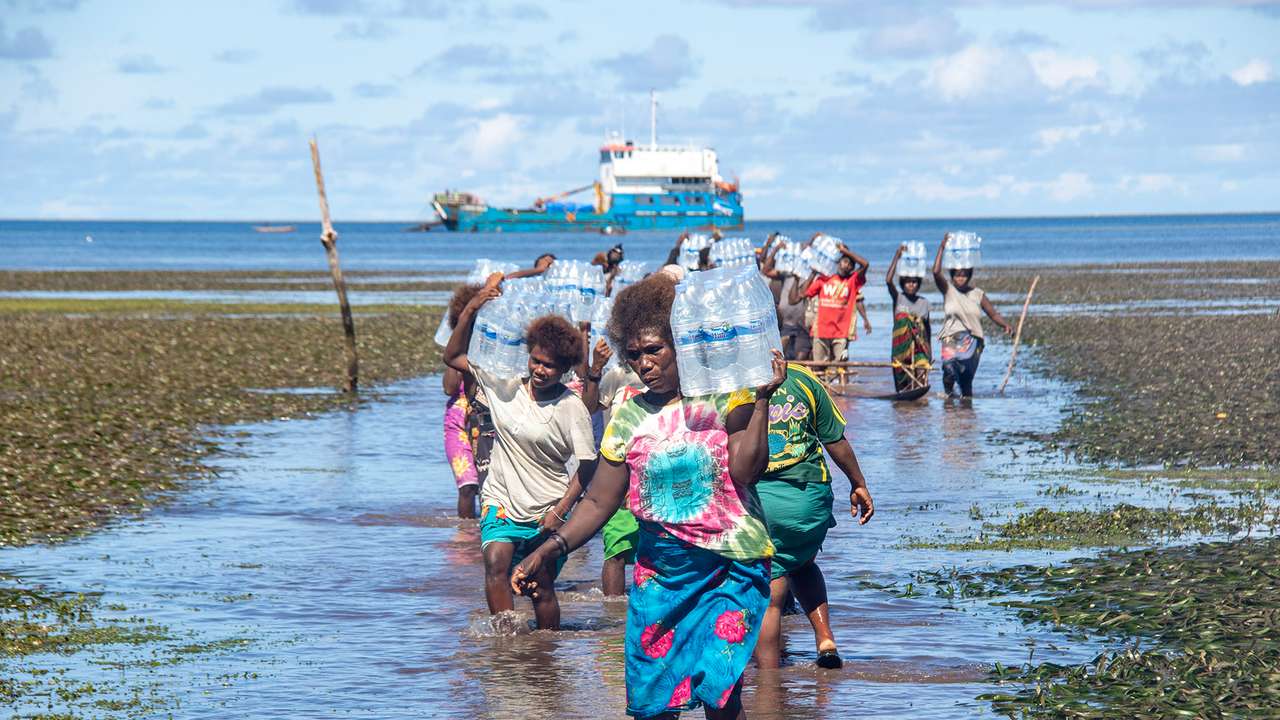Global South politics: All there is to know about Bougainville's high-stakes landmark elections

More than five years after an overwhelming vote for independence from Papua New Guinea, the stakes are higher, and the people of Bougainville could redefine their future at the polls on September 4.
The fight for independence
In 2019, 97% of Bougainvilleans sent a powerful message by voting “yes” to independence from Papua New Guinea (PNG). The aspiration, however, remains unfulfilled.
The “Era Kone” covenant, signed to guide the transition, established a 2025–2027 timeline for recognition. Still, PNG’s parliament has not ratified the referendum, and delays have stirred frustration among Bougainville’s leaders and people.
The island's leadership is doubling down on its push for independence.
President Ishmael Toroama made it clear that the region will not veer from its chosen course. “It gives us the opportunity, whether the national government likes it or not,” he told RNZ Pacific, adding that the right to self-determination is “a national constitution guarantee or the framework of the Bougainville Peace Agreement… At least it is the constitutionally guaranteed process set in by the National Constitution.”
The drive for sovereignty is equally central to Ezekiel Masatt, Bougainville’s Independence Implementation Minister. He also emphasised that the signing of the Melanesian Agreement at Burnham was a turning point.
“We must obtain political independence to have some sovereign powers, to make some strategic economic decisions,” he said. “Now, given the Melanesian Agreement, where Bougainville can achieve some sovereign powers, I think that is a great start in the right direction.”
A landmark election
The September 4 poll is historic for its scale and logistics. Conducted in a single day, it will stretch across 544 polling stations with more than 3,000 staff, ensuring the process runs smoothly. More than 400 candidates, including seven vying for the presidency, will contest the vote.
The Bougainville House of Representatives will expand to 46 seats, thanks to five new single-member constituencies. This structure preserves reserved seats for women and former combatants, ensuring inclusive representation. Over 204,000 voters are also registered to take part.
Notably, this election reflects unprecedented gender diversity. Thirty-four women are running, including 14 for the three reserved women’s seats and several in open constituencies.
Among them are Elizabeth Palin, a former teacher and local leader now contesting a women’s reserved seat, and Amanda Masono, a sitting member who is shifting to compete in the open Atolls constituency (Asia Pacific Report).
Economic choices ahead
The independence debate cannot be separated from Bougainville’s economic future. At the centre lies the Panguna mine, once the engine of PNG’s export economy before civil conflict and environmental devastation forced its closure.
For Toroama, reopening Panguna is crucial for economic sustainability.
The mine is not the only factor shaping Bougainville’s economy. International attention is growing, with China and the United States signalling interest in infrastructure and resource projects.
This story is written and edited by the Global South World team, you can contact us here.